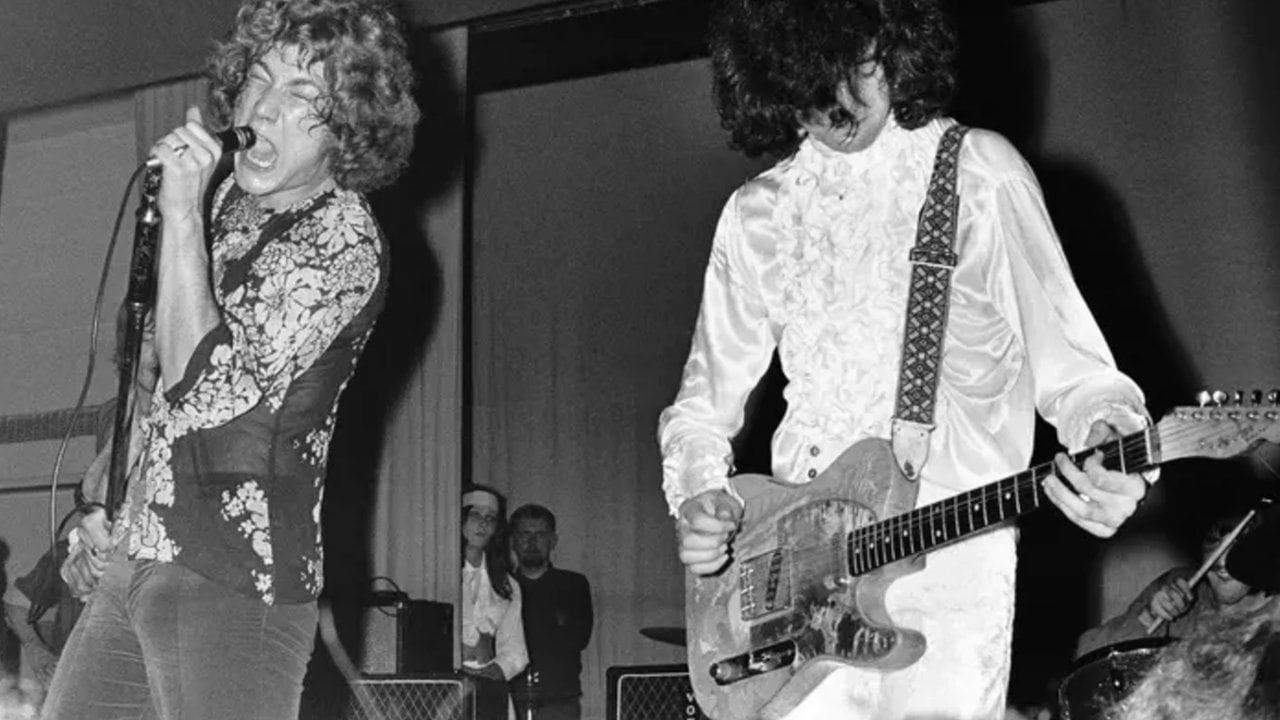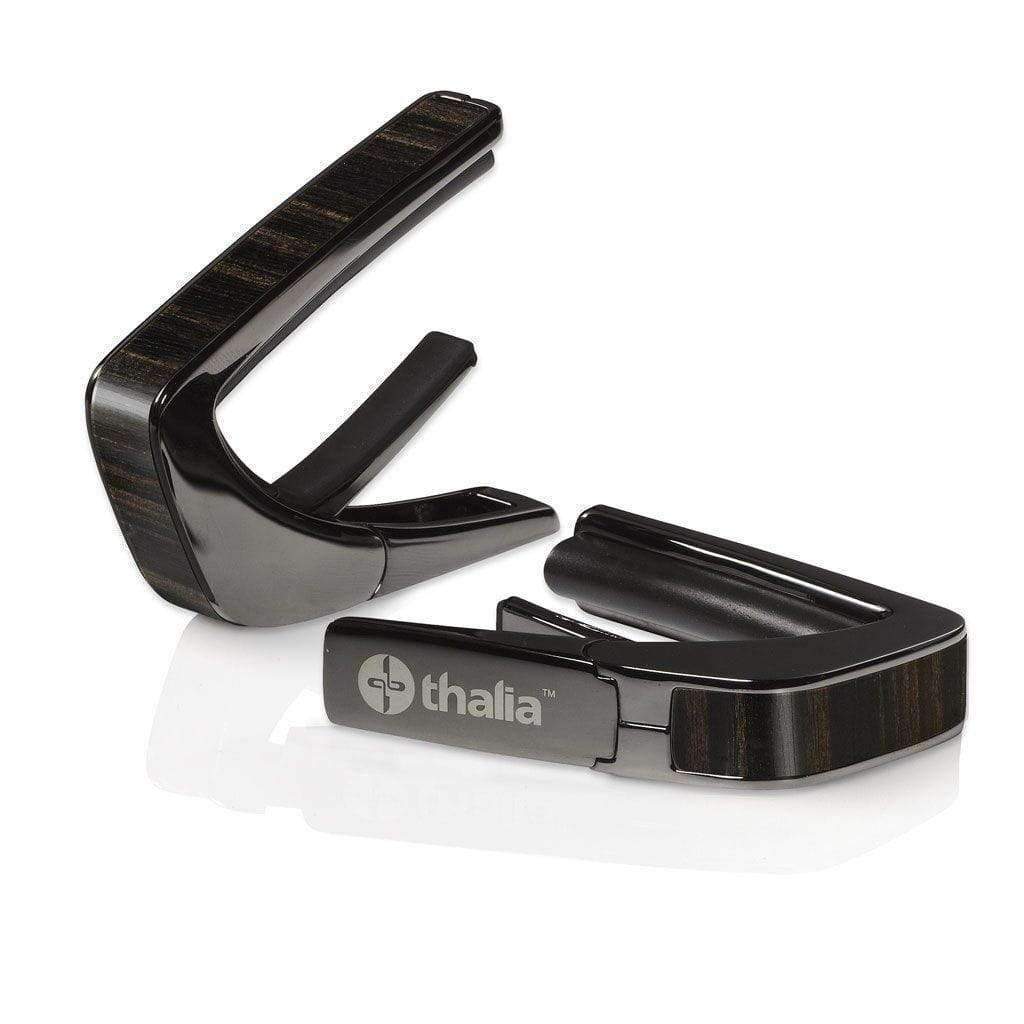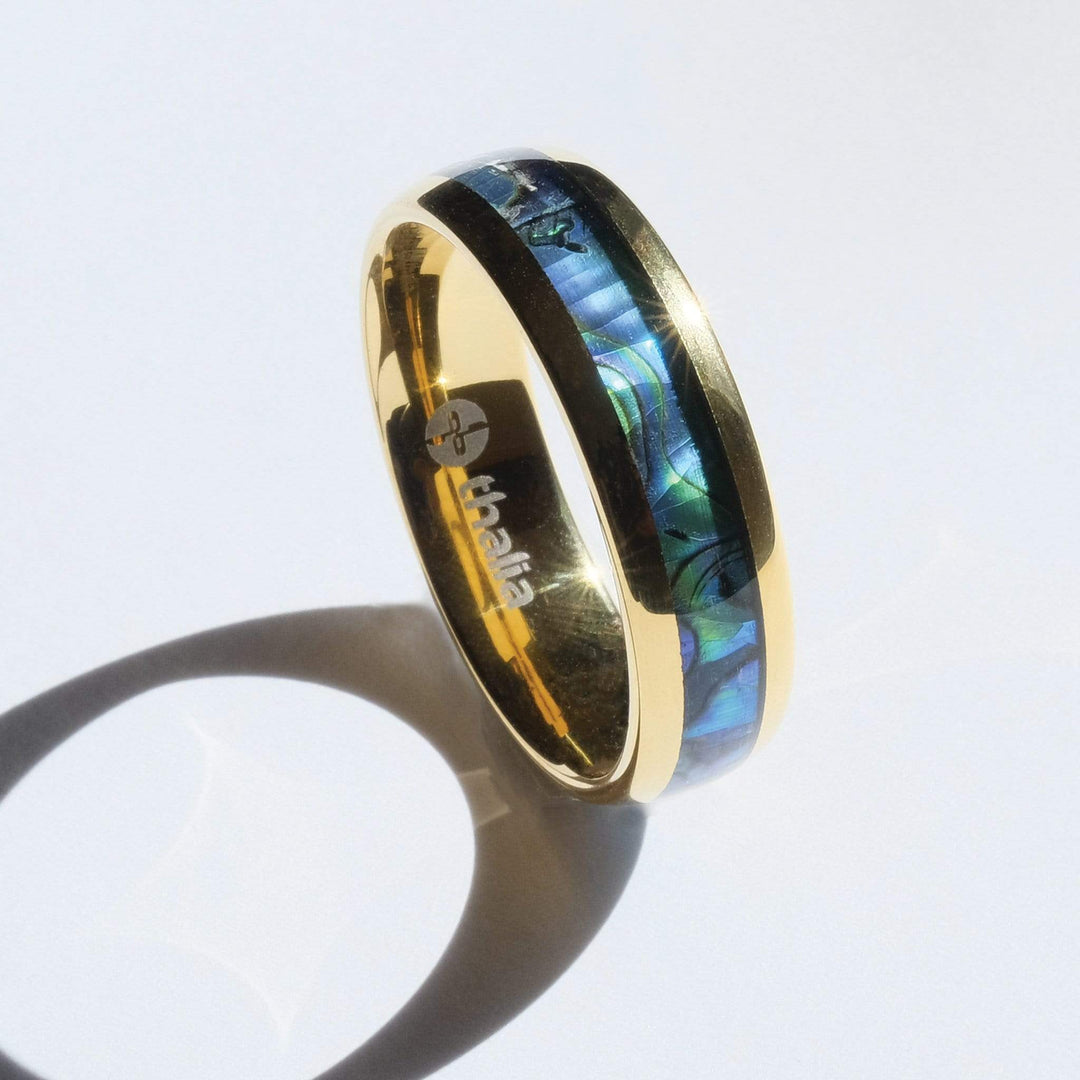The Guitars that Made… Jimmy Page

As you’re probably aware, Fender recently released a signature Jimmy Page Telecaster.
A loving recreation of Jimmy Page’s iconic “Dragon,” it’s a gorgeous replica of one of Page’s most important instruments.
The Dragon isn’t Page’s first signature guitar. In fact, he’s had several. And that’s testament to the sheer number of iconic axes the Led Zeppelin leader has wielded over the years.
With that in mind, I thought it’d be fun to tell the stories of some of Page’s more noteworthy instruments. Seeing as the Dragon has just hit the market, that guitar seems like the logical place to start…
1959 Fender Telecaster – “The Dragon”
 |
|
JIMMY PAGE DRAGON® TELECASTER® |
When we think of Jimmy Page, it’s probably Gibson guitars that immediately come to mind. Pagey is one of the great Les Paul players, after all. Slash notwithstanding, he’s probably the most iconic Les Paul wielder in rock and roll history.
But, during his tenure in the Yardbirds, as well as Zeppelin’s early days, it was Fender that Jimmy gravitated towards. Jimmy Page acquired his Telecaster in 1966; a gift from its former owner, Jeff Beck. By 1968, he’d repainted the instrument with splashes of green and red, giving the impression of a Japanese dragon in a psychedelic style.
“The Dragon” was born, and it would become Page’s workhorse during the early years of Led Zeppelin. It was the electric he used exclusively on the first Led Zeppelin album, as well as the band’s early tours. By the end of 1969, he’d more-or-less retired the instrument – reportedly due to problems with one of the pickups. It did get one last notable outing, though; it was the guitar that Page used on the “Stairway to Heaven” solo in 1970.
Unfortunately for Page, though, the Telecaster would not survive the 1970s, thanks to a well-meaning friend’s misguided attempts to restore the instrument:
As he told Guitar World in 1998:
“I still have it, but it’s a tragic story. I went on tour with [a] ’59 Les Paul that I bought from Joe Walsh, and when I got back, a friend of mine had kindly painted over my paint job. He said, ‘I’ve got a present for you.’ He thought he had done me a real favor. As you can guess, I wasn't real happy about that. His paint job totally screwed up the sound and the wiring, so only the neck pickup worked. I salvaged the neck and put it on my brown Tele string bender that I used in the Firm [in 1985 and 1986]. As for the body, it will never be seen again!"
Speaking of “Stairway to Heaven,” playing the epic live presented Jimmy Page with a problem. While he’d used a six string Harmony acoustic, the aforementioned Fender Telecaster and Fender electric 12-string on the studio recording, switching between guitars in the live arena wasn’t an option.
Enter the distinctive Gibson EDS-1275 doubleneck; another icon in Page’s electric guitar arsenal.
Gibson had stopped offering the 1275 as a commercial guitar in 1969, so when Page decided he needed one in 1971, he had to have it special ordered. As a result, the guitar bore a “Custom” inscription on the truss rod covers. It was a stock model when Page received it though, and the only alteration he made to it was the addition of some coverless Seymour Duncan humbuckers on the six-string side of the instrument.
A mainstay in his live rig throughout the 1970s, Page didn’t just bust out the double neck for “Stairway.” He also used it for live performances of “The Song Remains the Same” and “The Rain Song” from 1973 onwards.
Gibson Les Paul “Number 1”
“It’s my mistress and wife...except it doesn't ask for alimony."
Purchased from Joe Walsh in 1969, the “Number 1” Les Paul isn’t just the guitar that made Jimmy Page, it’s one of the guitars that made rock and roll. His main axe live and in the studio from the 1970s to the present day, it’s a six-string institution in its own right.
As Joe Walsh recalled about the guitar back in 2012:
"I laid it on him and said, 'Try this out'. He really liked it, so I gave him a good deal, about $1,200. I had to hand-carry it; plus I flew there and everything. So whatever my expenses were, that's what I charged him... I just thought he should have a Les Paul, for godsakes!"
Debate rages as to when “Number 1” was manufactured. Walsh had the instrument refinished before selling it to Page, and the serial number was removed from the instrument’s headstock. Given the neck profile, though, experts agree that it’s likely a late ’59 or early ’60 model.
Page has made a few changes to “Number 1” over the years. The machine heads on the instrument aren’t stock; Jimmy switched them out for Grovers to help with tuning stability back in the ‘70s. He’s also added a push-pull knob to split the bridge humbucker in recent years, achieving an out-of-phase sound similar to that of Peter Green.
That’s it for part one. Join me next time for part two, where we get to grips with a noteworthy acoustic, an electric oddity, and another legendary Les Paul!





















